At the ROBO-ONE competition held in Tokyo in March, organizers announced plans to begin holding its robot competition in space in the year 2010. According to the recently launched "ROBO-ONE in the Space" official website, the project aims to further the progress of robot technology and boost the value of engineers by embracing the coming era of robotics and space. By taking the battles into space, ROBO-ONE hopes to fuel dreams and create an environment that inspires people to become engineers.
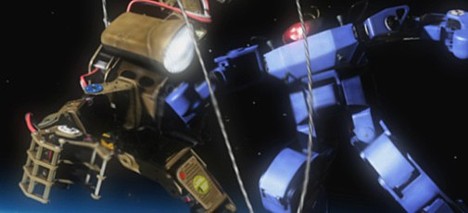
The tentative date for the first space competition is October 10, 2010 (10/10/10), but a number of variables -- such as obtaining international approval for the use of radio frequencies, the satellite launch schedules, etc. -- make it difficult to set a firm date. Organizers are shooting for an actual date somewhere between 2010 and 2015.
Battles will be conducted in the space surrounding the ROBO-ONE satellite, which will be in a polar orbit at an altitude of 400 to 600 km. Tokyo will have 10-minute windows of communication with the satellite 4 times per day as it passes overhead. Battles will be conducted during these 10-minute periods. The satellite will be launched as a "piggyback satellite" (a small satellite launched together with a major satellite, using the launcher's surplus payload capacity) and will measure 50 x 50 x 50 cm and weigh less than 50 kg.
The rules of combat will be similar to those in previous competitions, the only difference being the definition of what is considered "out" of the ring. A 5-meter long safety line that connects each robot to the satellite will be outfitted with tension sensors that detect when the line is fully extended (determining that the robot is "out" of the ring). To be eligible for the competition, the biped robots must measure no more than 10 x 10 x 10 cm and must be capable of walking on terra firma. They also must be controllable from the Earth's surface.
Since conditions in space vary greatly from those on Earth, builders will have to consider a range of new issues, such as how to deal with the strains of operating in a vacuum under extreme temperatures and high levels of radiation.
ROBO-ONE's long-term plan is to hold competitions on the surface of the moon, which many believe will not be possible until at least 2030. In the meantime, the group will use the satellite.
(Click the link on this page to see the promo video. WMV file, requires Windows Media Player.)
[Source: ROBO-ONE in the Space, IT Media]
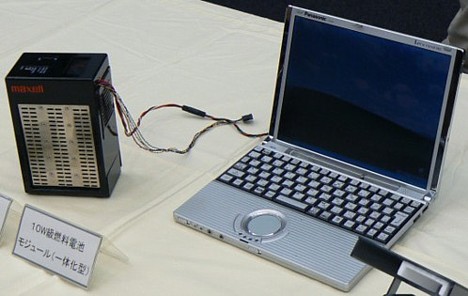

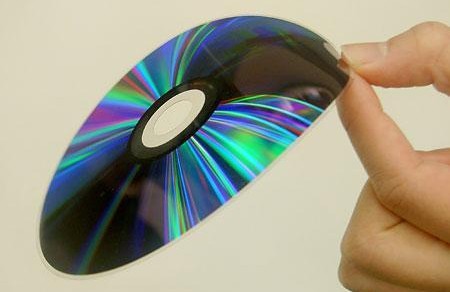

 In an annual rite of spring, scientists in Japan carefully monitor the atmosphere for
In an annual rite of spring, scientists in Japan carefully monitor the atmosphere for 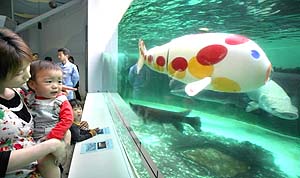 The
The 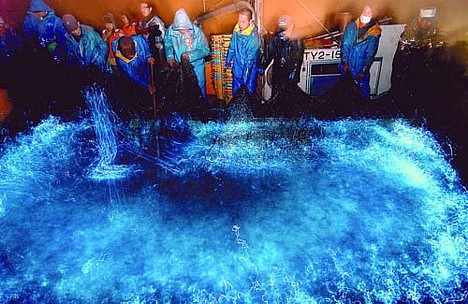
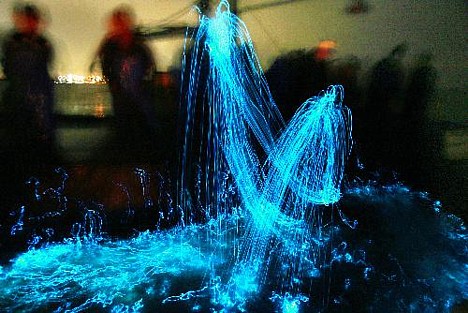


 Last week, the University of Tokyo's Institute for Cosmic Ray Research (
Last week, the University of Tokyo's Institute for Cosmic Ray Research (